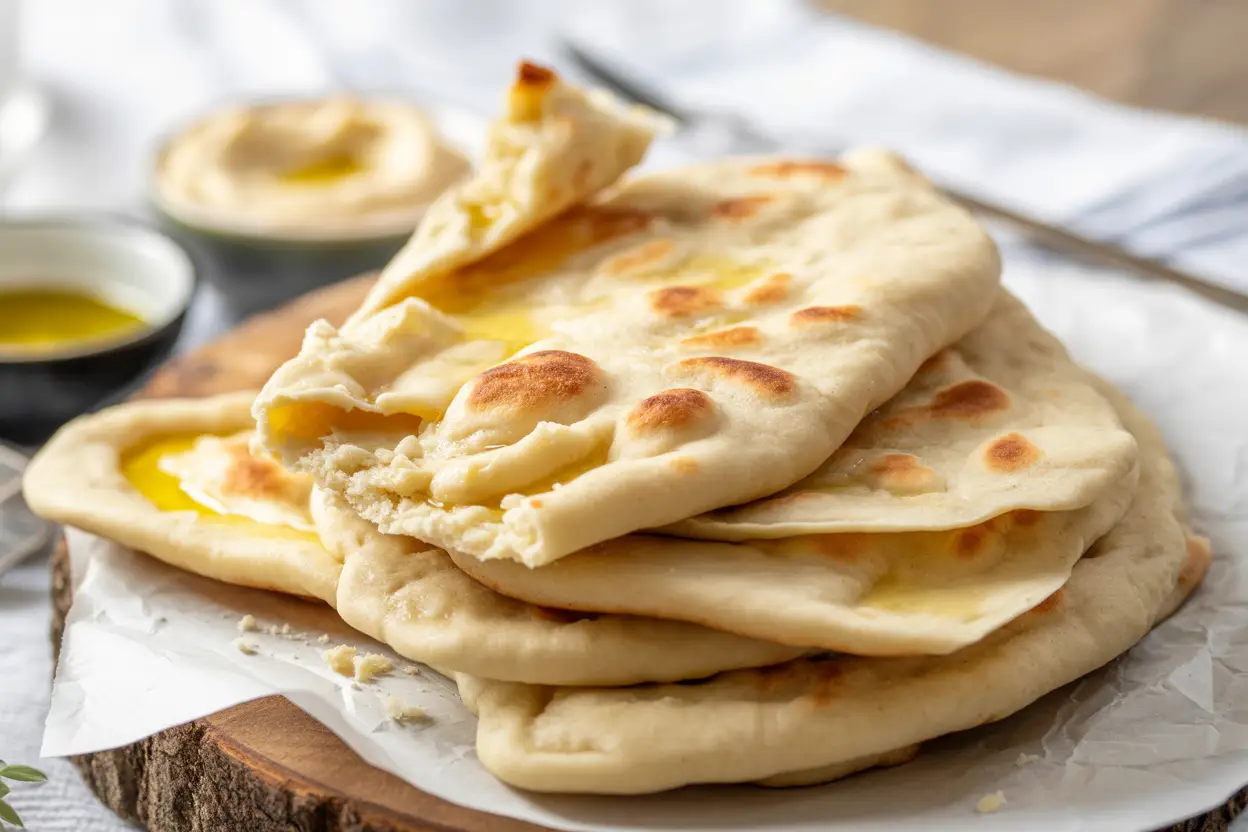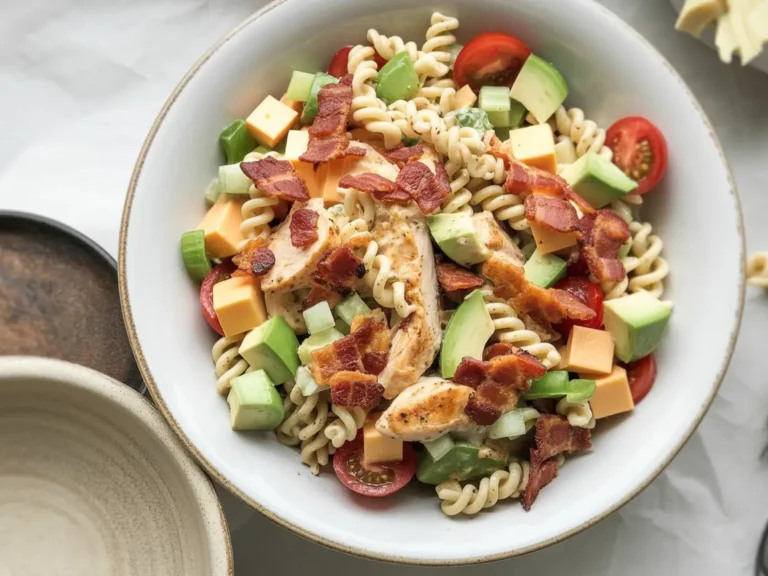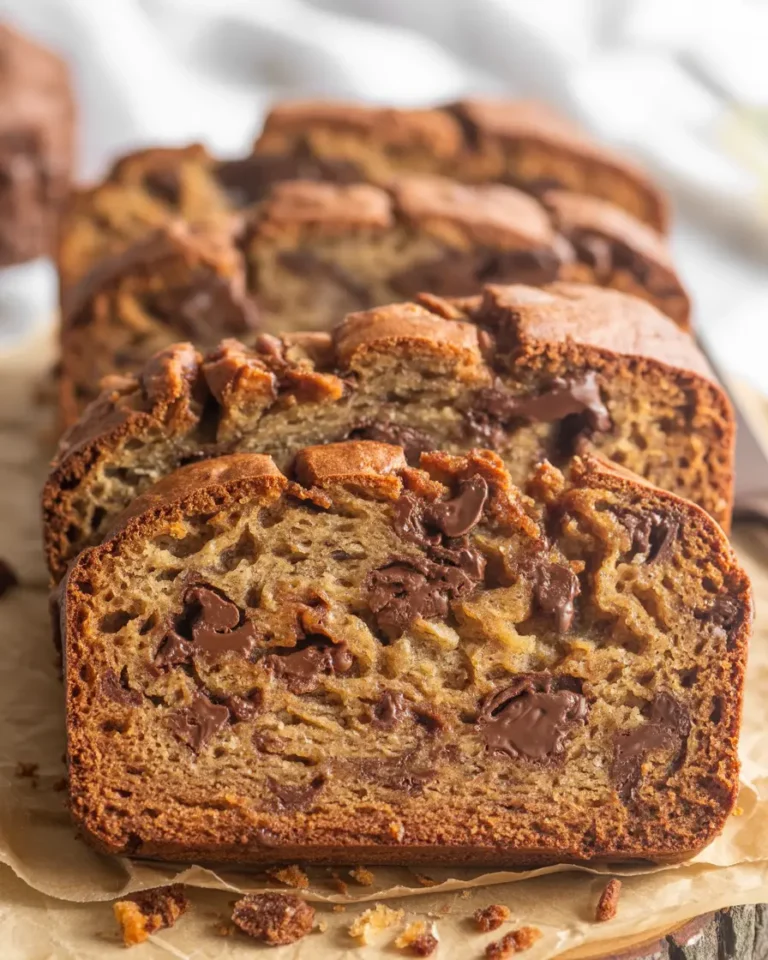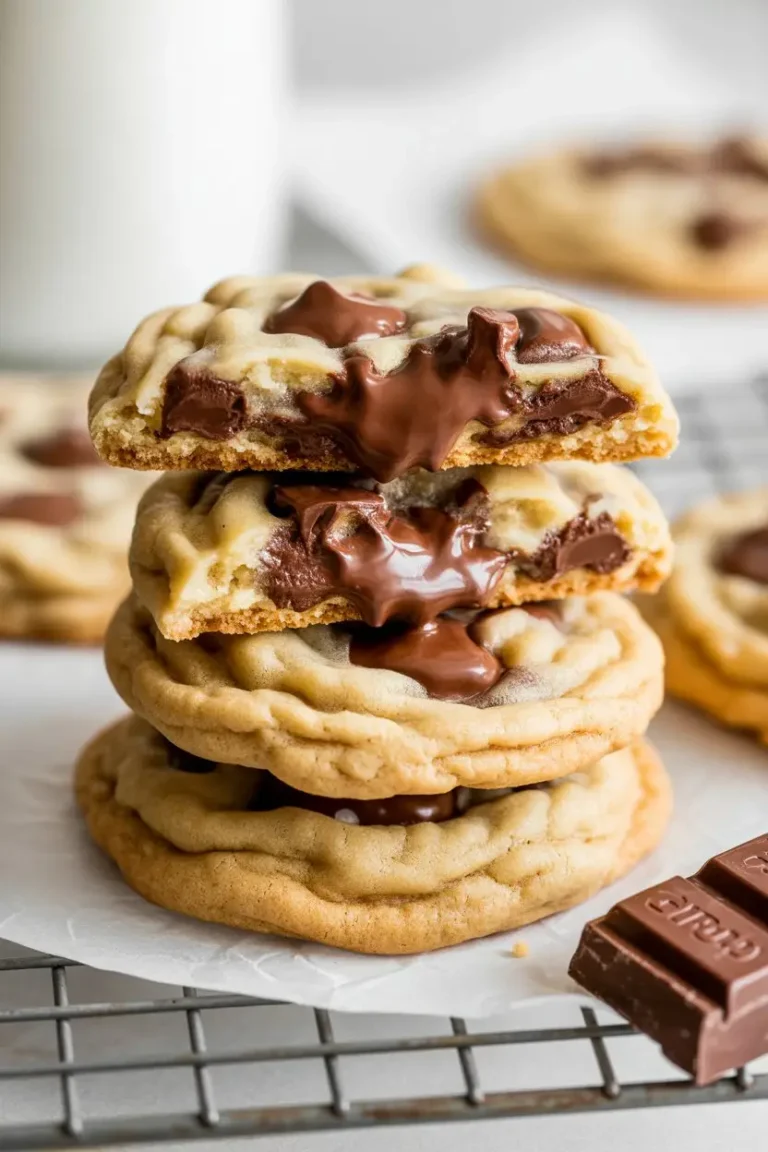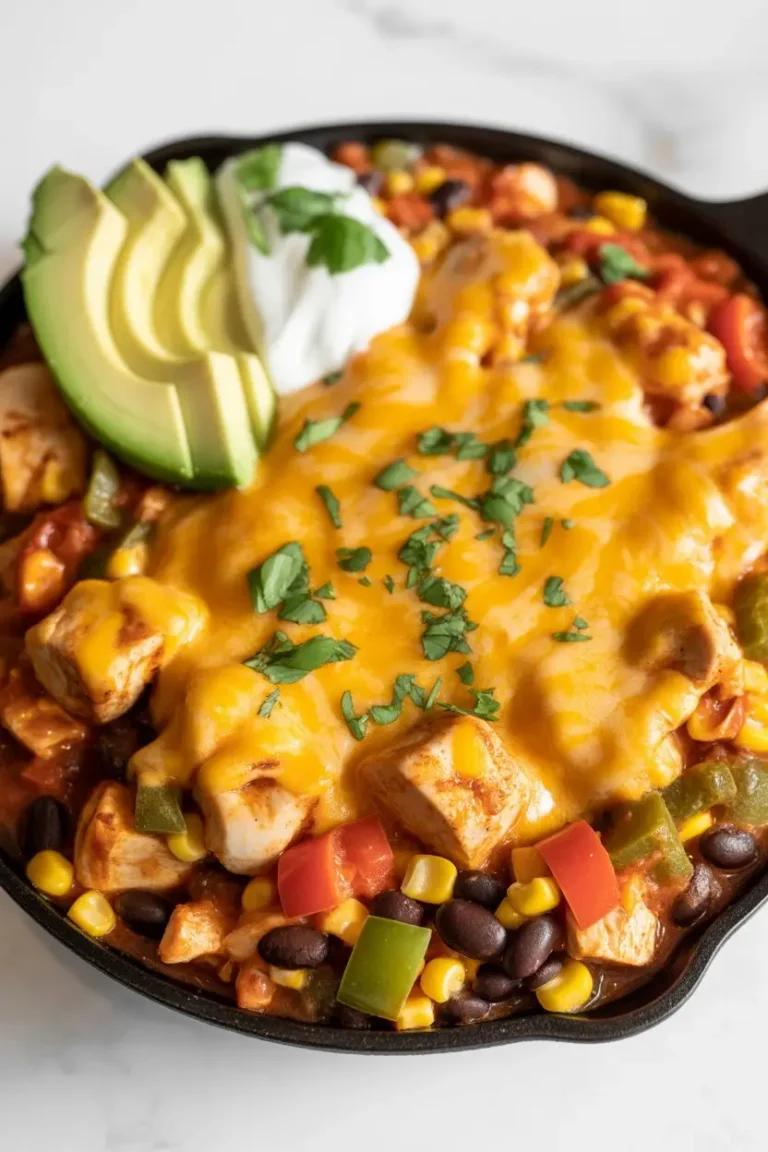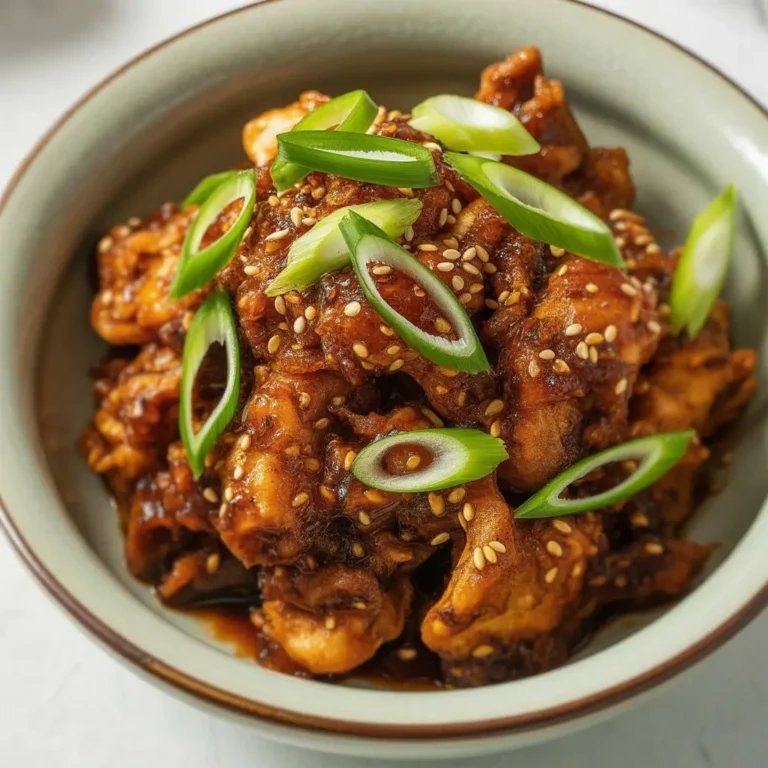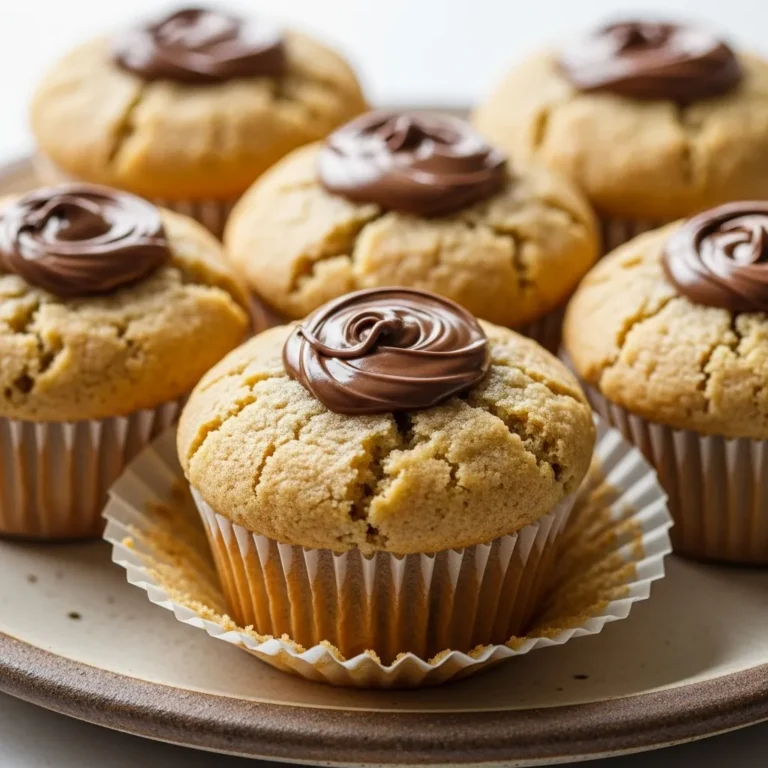Alright, so here’s the thing. We’ve all been there. You’re halfway into making a delicious meal—maybe a saucy curry, maybe a grilled veggie plate, maybe just some leftover lentils—and suddenly it hits you… you forgot the bread.
Cue the dramatic sigh.
But before you go tearing through the pantry or debating whether you can make toast work (you can’t, by the way), let me just say—this easy soft flatbread is about to become your new kitchen hero.
No yeast. No rising. No long wait while dough “does its thing.” Just some flour, a bit of milk, a pan, and you. That’s it.
This flatbread recipe has saved me more than once, and I’m telling you now—it’s soft, it’s quick, and it’s kind of ridiculously good. So let’s get you in on it.
What You’ll Need
Here’s what’s great. You probably already have everything.
| Ingredient | Amount | Notes |
|---|---|---|
| All-purpose flour | 2 cups (300g) | Plus extra for dusting |
| Salt | ½ tsp | Just enough to wake up the flavor |
| Unsalted butter | 3½ tbsp (50g) | Or sub with oil if needed |
| Milk | ¾ cup (185ml) | Warm, not hot |
| Olive oil | Optional | For brushing after cooking |
Don’t have butter? Use oil. Don’t have milk? A little yogurt and water mix can work. This dough is forgiving like a grandma who just wants you to eat.
The Tools You’ll Actually Need
Nothing fancy here. If you have a bowl and a pan, you’re already 90% of the way there.
- Big mixing bowl
- Rolling pin (or a wine bottle in crisis mode)
- Non-stick skillet or cast-iron pan
- Measuring cups/spoons
- A spatula or tongs
- Kitchen towel or napkin to keep them warm
If you’re looking around your kitchen right now thinking “oh wow I actually have all of that,” then yes, this is meant to be.
Let’s Make It (Step-by-Step)
Step 1: Warm the milk and butter together until the butter is just melted. You don’t want it hot, just warm enough that it doesn’t shock the flour.
Step 2: In a large bowl, stir together your flour and salt. Pour in the warm milk mixture and stir until a dough starts to come together. It’ll be soft, slightly sticky—kind of like you’re not sure if it’s done yet (but it is).
Step 3: Knead it gently for 1–2 minutes on a lightly floured surface until it smooths out. You’re not going for perfection, just enough to bring it all together.
Step 4: Cover the dough with a damp cloth or wrap and let it rest at room temp for about 30 minutes. This helps relax everything and makes the flatbread super soft when cooked.
Step 5: Once rested, divide the dough into 6 equal pieces. Roll each one into a ball, then flatten and roll into a thin circle about 7–8 inches wide. If it looks like a weird blob instead of a circle, that’s fine. It’s rustic.
Step 6: Heat a dry skillet until it’s very hot—like you flick water on it and it sizzles kind of hot.
Step 7: Cook one flatbread at a time. Toss it on the pan and watch for bubbles. Cook for about 1–2 minutes on the first side, then flip and cook for another 30 seconds to a minute. You’ll get some lovely brown spots and puffy bits.
Step 8: As each one comes off the pan, wrap it in a clean kitchen towel to keep it warm and soft. If you’re feeling fancy, brush it with a little melted butter or olive oil.
Boom. Done. Stack of warm flatbreads, ready to serve.
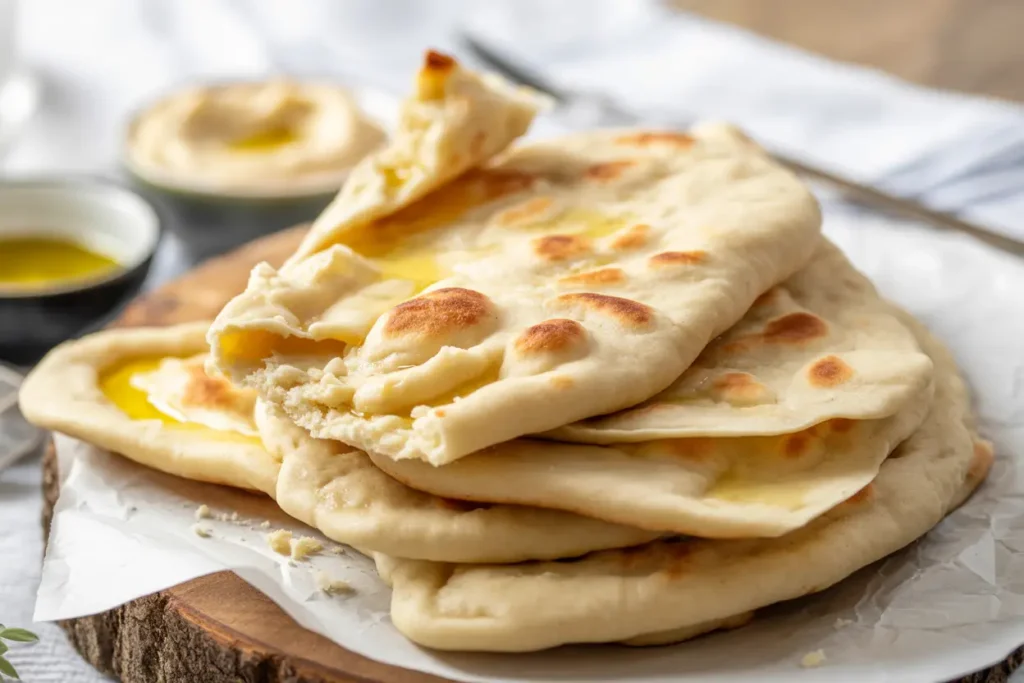
Pro Tips From Someone Who’s Definitely Burned a Few
- Make sure your pan is hot before you start cooking. If it’s not sizzling, your bread’s not going to bubble right.
- Don’t skip the resting time. It makes the dough way easier to roll and helps it stay soft once cooked.
- Keep the cooked ones wrapped and stacked in a towel. They steam each other gently and stay pillowy.
- If the dough sticks when rolling, just dust with a tiny bit of flour—but don’t overdo it or your bread will get tough.
- Add garlic powder or chopped herbs into the dough for flavor. Or brush with herby butter after cooking if you want to be extra.
Substitutions and Variations
- Vegan? Use olive oil instead of butter and any non-dairy milk like almond, oat, or soy.
- Whole wheat? Use half whole wheat flour and half all-purpose. Full whole wheat works too, it just makes a denser bread.
- Gluten-free? A 1:1 gluten-free flour blend can work, but it’ll be a bit trickier to roll and handle.
- Want some spice? Add cumin, chili flakes, or black pepper to the dough.
The best part? This dough welcomes your weird experiments. You can turn it into wraps, pizzas, garlic flatbreads, breakfast tacos, or just something to mop up curry with.
Can You Make It Ahead?
Yes! In fact, this dough loves a nap in the fridge.
You can make the dough and store it, tightly wrapped, for up to 3 days. Let it come to room temperature before rolling.
You can also roll out the dough, stack the circles between parchment paper, and freeze them. Just cook from frozen or let them thaw first—whatever works for your timeline.
Cooked flatbreads can also be frozen and reheated in a dry pan or microwave with a slightly damp paper towel.
Storage & Leftovers
Let them cool completely, then store in a ziplock bag or airtight container.
| Where | How Long | Reheat |
|---|---|---|
| Room temp | 2 days | Dry pan or microwave |
| Fridge | 4–5 days | Wrap in towel, reheat gently |
| Freezer | 1 month | Thaw and reheat same as above |
Pro tip: If you plan to freeze, don’t brush with butter or oil until after reheating. They store better plain.
Nutritional Info (Per Flatbread, Approximate)
| Nutrient | Amount |
|---|---|
| Calories | 190 |
| Fat | 5g |
| Carbs | 28g |
| Protein | 4g |
| Fiber | 1g |
These are based on using whole milk and butter. Want to cut calories? Use plant milk and reduce the fat. Want to boost protein? Pair it with hummus, Greek yogurt, or lentils.
A Few Questions You Might Be Asking
Q: Why didn’t my flatbread puff?
Pan probably wasn’t hot enough. Let it heat up more and try again.
Q: Mine came out tough.
Too much flour or overcooked. Go easy on the extra flour and reduce cooking time slightly.
Q: Can I make smaller ones?
Yes, divide the dough into more pieces and cook them for less time. Great for sliders or dipping.
Q: Can I use self-rising flour?
Sure can. Just skip the added salt.
Wrap Up
Alright. That’s it. You just learned how to make super soft, completely homemade flatbread without a single packet of yeast in sight.
And you did it without needing a dough hook or a proofing drawer or any of those intimidating baking terms that make you want to give up and order takeout.
This is the kind of recipe you’ll come back to again and again. Whether it’s a curry night, wrap night, or you’re just staring at your fridge hoping something will magically turn into dinner.
So if you try this, I’d love to hear how it went. What did you eat it with? Did you brush it with garlic butter? Did your kids think you were a flatbread wizard?
Drop your questions, your tweaks, your proud photos, or your disasters (we’ve all been there) in the comments. I read them all.
You’ve got this. Now go make bread.

